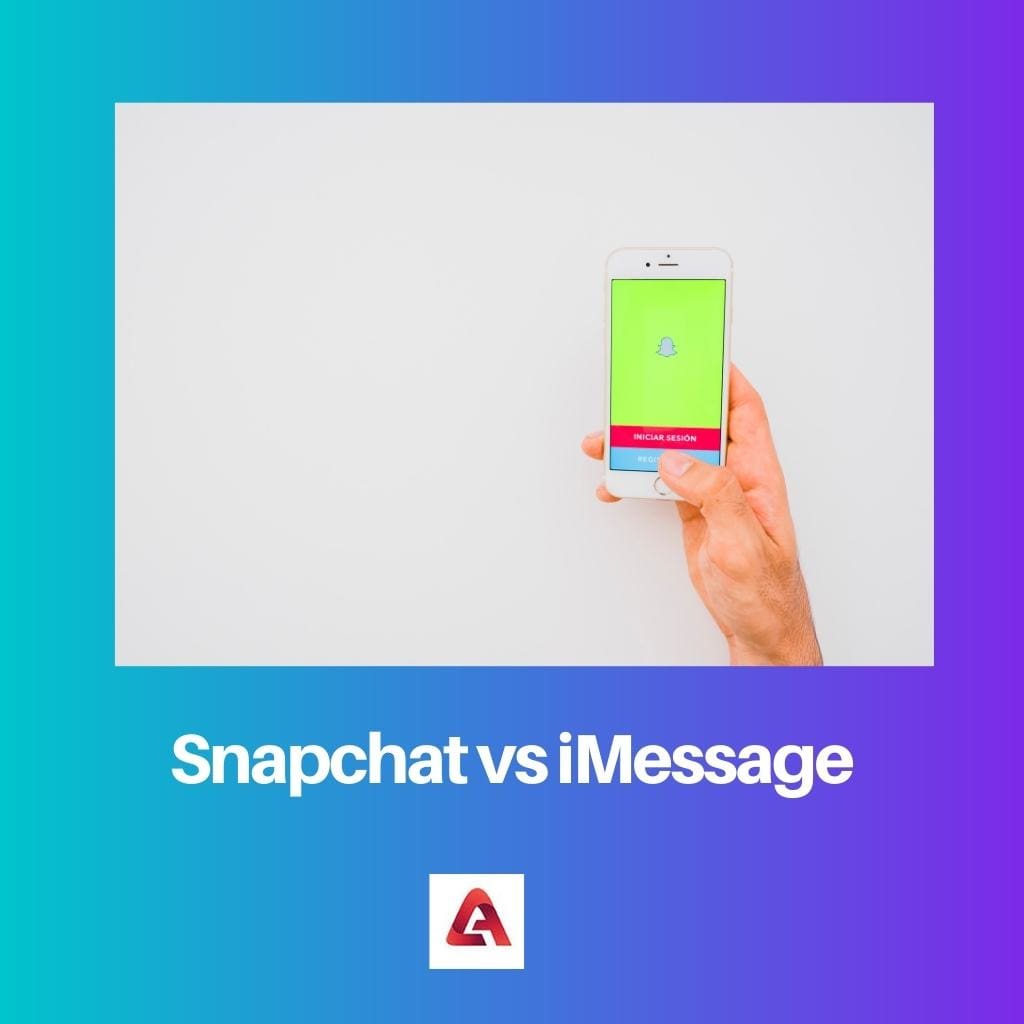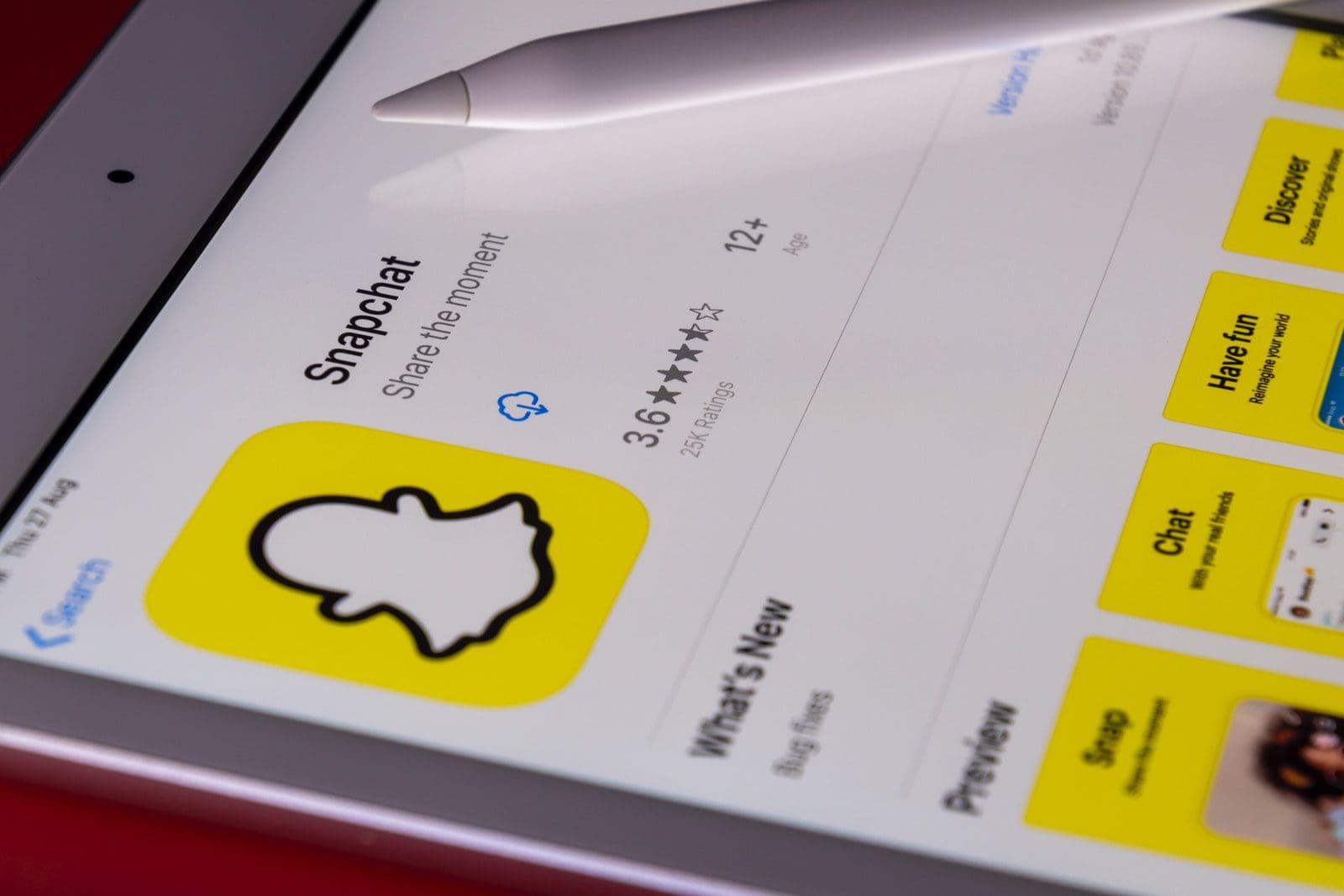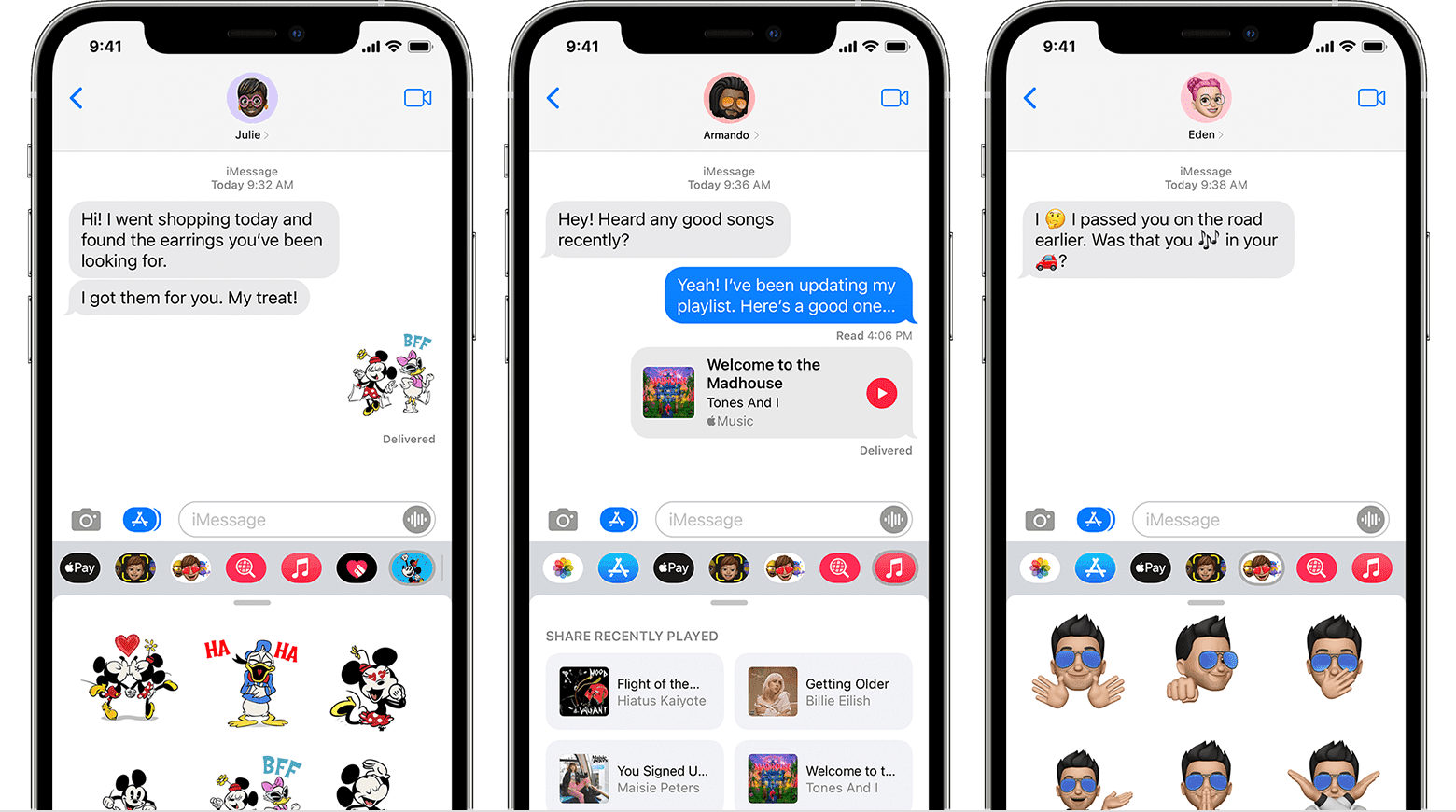When we talk about mediums of sending texts, videos, photos, and calls serving this generation and saving their time of wait, they are Whatsapp, Snapchat, Messenger, iMessage, Instagram, Gmail, Yahoo, and so on.
Talk of the town and the most preferred medium by the teens is Snapchat and iMessage.
Key Takeaways
- Snapchat is a social media platform that enables users to send disappearing messages. At the same time, iMessage is a messaging app exclusive to Apple devices that allows sending text and multimedia messages.
- Snapchat offers a variety of filters, lenses, and stickers, while iMessage offers features like animated emojis, handwriting, and bubble effects.
- Snapchat has a younger user base and is more popular among teens, while iMessage is used by a broader age range and has features like group chats, read receipts, and typing indicators.
Snapchat vs. iMessage
The difference between Snapchat and iMessage is that Snapchat has the feature of deleting texts, sending photos as a snap, and deleting them afterward (which can be opened only twice). In contrast, iMessage has a unique feature of sensing emotions in the message sent and presenting it with visual effects such as animation when messages are sent via iPhone to iPhone.

For example:
If we want to send a photo and want it to be there only for a few minutes or later, then it should be deleted completely from chat; Snapchat gives you this facility and also notifies you if someone screenshots your snap or story.
Suppose you have wished someone congratulations or happy birthday via iPhone, and that person also has an iPhone. In that case, your birthday wish will be seen with the animation of Balloons in the chat room, and your text will be accompanied by confetti.
Comparison Table
| Parameters of Comparison | Snapchat | iMessage |
|---|---|---|
| Animation in Texts | Snapchat lacks the feature of Animation within the texts. | iMessage has the facility of sending animated messages via iPhone to iPhone. |
| Feature of disappearing or Automatic Deletion | Snapchat has the facility of disappearing or auto-deletion of texts and snaps. | iMessage lacks the feature of auto-deletion or sending temporary texts. |
| PC Availability | Snapchat is not available on PCs. | iMessage is available on PCs. |
| Interruption of Advertisement | Is Snapchat, not an ad-free application? | iMessage is an ad-free application; hence there is no interruption by ads. |
| Documents Sharing | You cant share documents on Snapchat. | iMessage has the facility of sharing documents. |
| Audio Clips | You cant independently send only audio clips on Snapchat. | iMessage has the option of sending audio clips independently. |
| Feature of Invisibility | Snapchat lacks the feature of Invisibility. | iMessage can make you invisible on seen. |
| Andriod Compatibility | Snapchat is compatible with Andriod. | iMessage is incompatible with Android. |
| Web Search | Snapchat doesn’t have an option such as a web search. | iMessage has the option of web-search. |
| Widgets | Snapchat supports widgets. | iMessage doesn’t support widgets. |
| Facebook sign-in | Snapchat allows you to sign in with Facebook. | iMessage doesn’t allow you to sign in with Facebook. |
| Targeted Audience | The targeted audience of Snapchat is Teenagers. | The targeted audience of iMessage is iPhone Users and, more precisely, working people or people aged 21+. |
What is Snapchat?
Snapchat is an online application platform where you can share texts and multimedia with your family and friends through temporary and permanent messages.
Snapchat was written by Evan Spiegel, Reggie Brown, and Bobby Murphy. Snapchat was born in the September of the year 2011, approximately 9 years ago?
Snapchat has a strength of 229 million daily users. Snapchat is available in 37 different languages. Snapchat is available in both forms Android version as well as the ios version.
Snapchat is mostly used for sending photos and videos daily and maintaining them, as in the name of streaks.
The main reason for Snapchat being Teens’ favorite is its feature of temporary messages which maintains the privacy level at max. The secondary reason is the feature of adding different filters and captions to the photo.

What is iMessage?
iMessage is an application for the iPhone where you can share documents, audio clips, and text messages with your contacts. iMessage is only available for ios users and not for Android users.
The introduction of iMessage was given by Scott Forstall at the Apple Worldwide Developers Conference in the year 2011. iMessage was officially launched on the date 12th of the October of the year 2011.
iMessage is preferred because it is way simple to handle, is an ad-free application, and is very private at the same time.
The reason behind adults choosing iMessage is it is very simple and yet useful. It allows the person to send documents, contact stamps, audio clips, and texts easily.

Main Differences Between Snapchat and iMessage
- Snapchat has a disappearing or temporary feature; iMessage doesn’t have any.
- Snapchat uses Facebook sign-in, but iMessage doesn’t.
- Snapchat allows you to set a status, but iMessage doesn’t.
- Snapchat has the feature of favorite contacts, but iMessage doesn’t.
- You can send contact stamps on iMessage; Snapchat lacks this feature.
- Snapchat is available on iPhone and Android, whereas iMessage is only for iPhone.

- https://www.sciencedirect.com/science/article/pii/S074756322030162X
- https://journals.sagepub.com/doi/abs/10.1177/1541931213601288

The comparisons presented in this post are thought-provoking, and the insights provided are worth considering. Great work!
Indeed, Jasmine42. This article manages to offer compelling comparisons between the two platforms.
I couldn’t agree more, Jasmine42. The depth and thoughtfulness really shine through.
This article explains the differences between Snapchat and iMessage very clearly. It’s a great read.
Absolutely, the information presented is quite detailed and easy to understand.
This article is exceptional in its depth of analysis. The information provided is highly relevant for users of both Snapchat and iMessage.
Absolutely, Oanderson. The depth of insights definitely makes this post stand out.
The comparison is quite interesting, and this post will definitely help people in deciding which platform to opt for.
I agree, Ewatson. The comparison will be valuable for those contemplating the use of either Snapchat or iMessage.
This article feels like a textbook. It’s too formal and lacks engagement. Not my cup of tea.
I agree with Wking. The post could definitely benefit from a more engaging tone.
I understand your perspective, but for others, especially those wanting to understand the primary differences, it’s quite useful.
This article is both witty and insightful. The direct and factual approach really helps in understanding the key differences between Snapchat and iMessage.
I concur with your assessment. It’s a rare combination of humor and substance.
I also appreciate the directness. The article gets straight to the point, which I find refreshing.
Very informative article. I’ve learned a lot about Snapchat and iMessage.
I completely agree. The article is well-written and provides great insights.
I find the entire post overly detailed and somewhat unnecessary. The comparison between Snapchat and iMessage is not that significant.
I see your point, Julia. However, the details provided can still be beneficial to those interested in comparing these platforms.
I don’t agree with the comparison table. There are some inaccuracies in the information provided.
I respectfully disagree. The table seems to be quite accurate based on my knowledge of both platforms.
The information here is fascinating and well-presented. It has certainly broadened my understanding of Snapchat and iMessage.